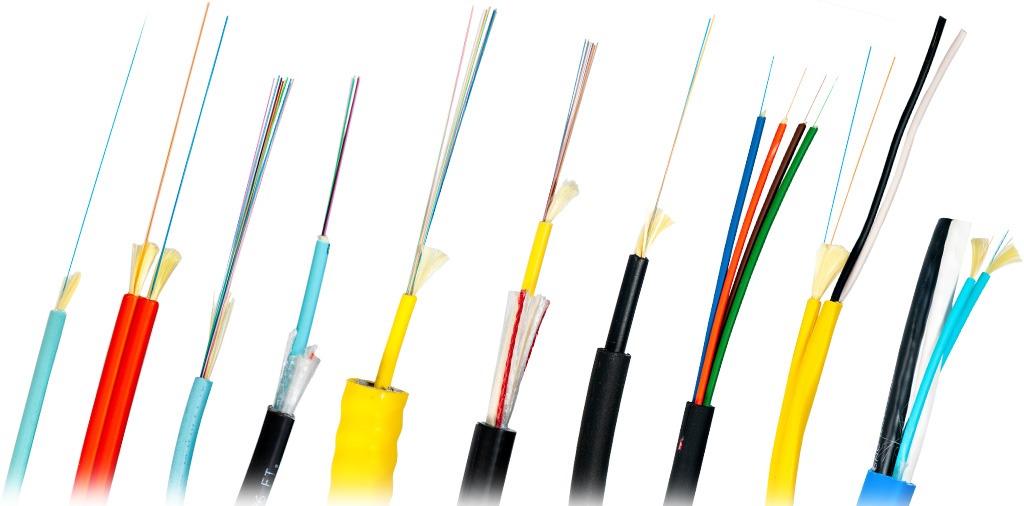
The Future is Fiber, and Pioneer Can Take You There
February 15
While we may not be serving up your favorite bran cereal, there’s another kind of fiber that’s getting us going (and faster than ever). With fiber optic cabling being all the rage among the big dogs of internet, we’re here to tell you why. So just hop inside your 80’s DeLorean, fire up that flux capacitor and let us be your guide to the future.
What is fiber optic cable?
If we’re getting down to *glass* tacks—fiber optic cables simply contain glass or plastic fibers instead of that of a traditional copper-filled internet cable.
How do fiber optic cables work, and is it better than cable?
Whether it’s “better,” we won’t pick favorites. The answer is simply “it depends,” as there is a time and place for both traditional cable and fiber optics. Let’s investigate.
How it works:
The glass fibers help reflect and carry light, bouncing off the walls and traveling down the sides of the cable at insurmountable speeds—being able to send data as fast as about 70% the speed of light. Additionally, the hair-like thinness of the glass fibers means no cluttering up the wire with more and more copper elements—as is required when processing higher bandwidths. Problems arise when all this metal heats, weakening the signal and picking up interference. One can compare this to a traffic jam at rush hour. The more devices requiring the same internet signals at once, the slower the connection.
So, what are fiber optic cables used for?
Glad you asked. These days, the office is no longer the only place where multiple advanced devices require the same internet connection at any given moment. Whether you have a home office setup, or simply every member of the household has their own laptop, tablet and smartphone—odds are you’re going to need something that can handle the load.
No “Traffic Jams” (AKA “Throttling”)
At peak times, internet providers tend to lower cable speeds from 100 Mgbps (megabytes per second) to 20 or lower to prevent outages. Fiber optic speed doesn’t do this since it is so unlikely to overload. To give you a point of reference, fiber optic speed is 1 Gbps (one gigabyte per second, which equals 1,000 megabytes per second).
Fiber for Finer TV
There’s a lot more happening behind those scenes of your Ultra High Definition 4K television. That better-than-reality, crystal clear picture packs four times more pixels into the same real estate—which also sucks a lot more bandwidth from your internet connection. Even if running at a suboptimal 500 Mbps, fiber has no problem delivering 4K internet streaming (and higher) with ease.
Just Call Us “The Terminator”
…Of fiber optic cables, that is. What about termination? Can you splice fiber optic cable? Many assume these to be automatic disadvantages of fiber optics, as their fragile makeup is much trickier to handle. But never fear: Pioneer Music is proud to be your go-to source for training in fiber optics, with expert-led sessions on how to terminate and splice fiber optic cable—so you can feel confident in taking care of both the technology and your customers.
Where Can I Get Fiber Optics Training?
Look no further! Check out Pioneer’s training schedule here to see what’s coming soon to your calendar. Don’t see a training that works for you? Let us know by joining our waitlist!


